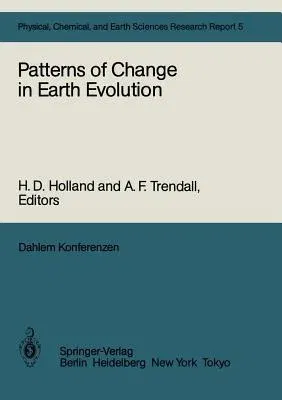Patterns of Change in Earth Evolution: Report of the Dahlem Workshop on Patterns of Change in Earth Evolution Berlin 1983, May 1-6 (Softcover ReprintPaperback - Softcover Reprint of the Original 1st 1984, 7 December 2011

Qty
1
Turbo
Ships in 2 - 3 days
In Stock
Free Delivery
Cash on Delivery
15 Days
Free Returns
Secure Checkout
Part of Series
Dahlem Workshop Report / Physical, Chemical and Earth Scienc
Part of Series
Dahlem Workshop Report
Part of Series
Physical, Chemical and Earth Sciences Research Report
Print Length
434 pages
Language
English
Publisher
Springer
Date Published
7 Dec 2011
ISBN-10
3642693199
ISBN-13
9783642693199
Description
Product Details
Book Edition:
Softcover Reprint of the Original 1st 1984
Book Format:
Paperback
Country of Origin:
NL
Date Published:
7 December 2011
Dimensions:
21.01 x
14.81 x
2.31 cm
ISBN-10:
3642693199
ISBN-13:
9783642693199
Language:
English
Location:
Berlin, Heidelberg
Pages:
434
Publisher:
Series:
Weight:
530.7 gm

